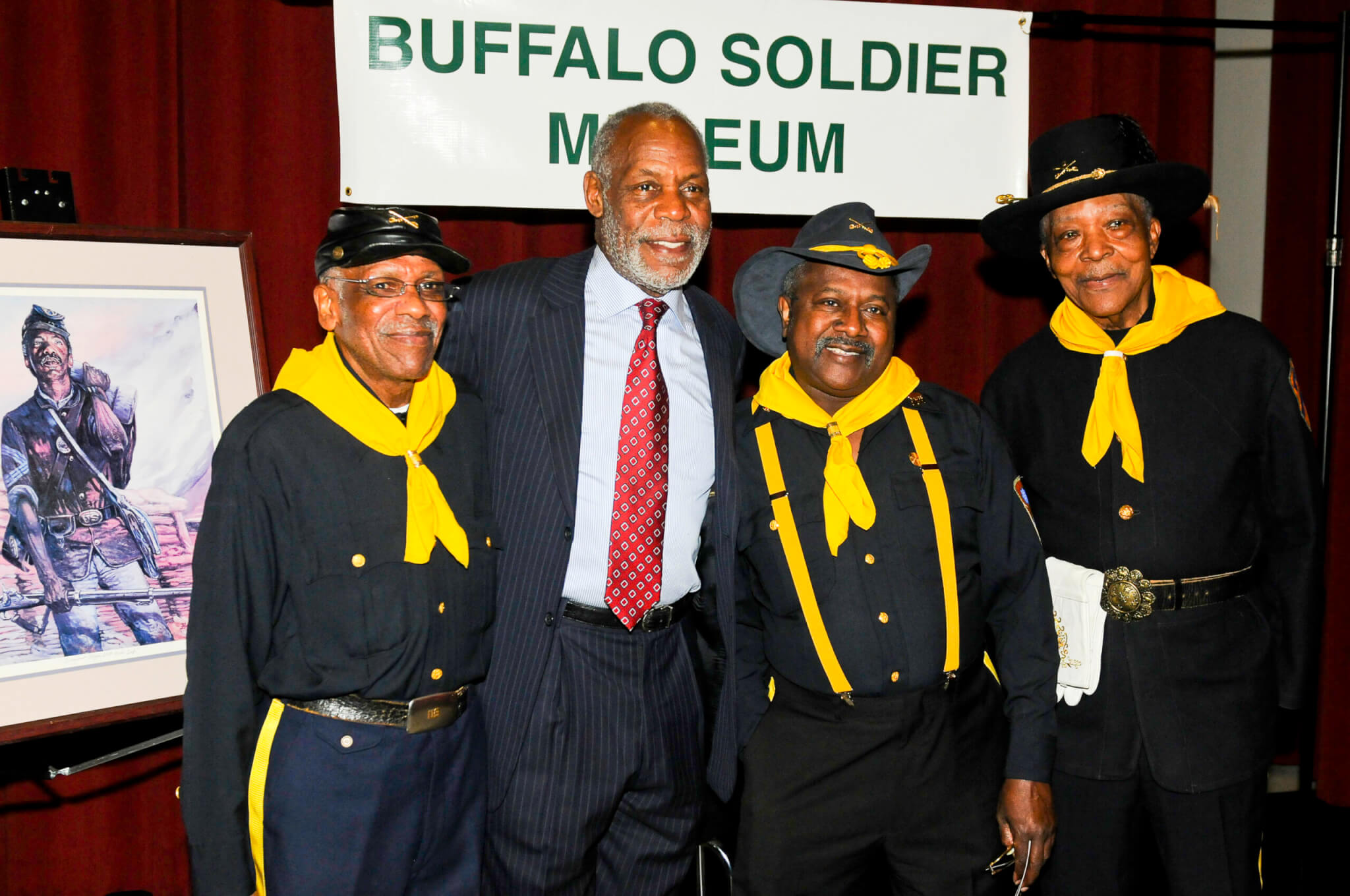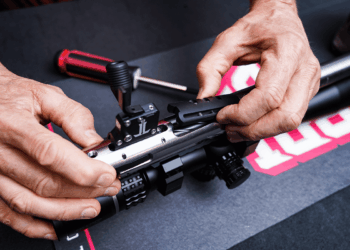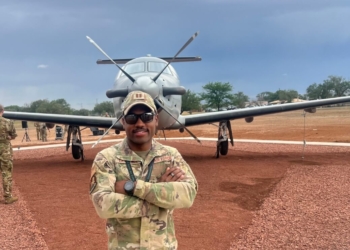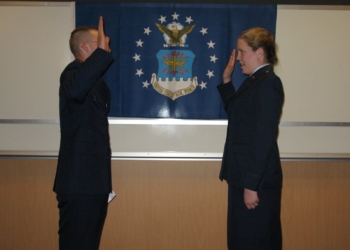The storied history of the U.S. Army’s Buffalo Soldiers remains alive and well, thanks in part to two museums dedicated to preserving their legend. The Buffalo Soldiers Museum in Tacoma, Washington, and the Buffalo Soldiers National Museum in Houston, Texas, both capture the story of these heroic Americans.
The term “Buffalo Soldiers” came into use shortly after President Abraham Lincoln signed the Emancipation Proclamation in 1863. Though this doctrine officially freed all slaves in the United States, it didn’t end segregation. In 1866, Congress established six all-Black regiments, each containing about 1,000 soldiers. The U.S. Army units created included the 9th and 10th Cavalry, along with the 38th, 39th, 40th and 41st Infantry. It wasn’t until 1948 that the military ceased segregation.
Initially, the 9th and 10th Cavalry regiments conducted campaigns against American Indian tribes on the Western frontier that extended from Montana in the northwest, to Texas, New Mexico and Arizona in the Southwest.
“Legend has it that Native Americans called them Buffalo Soldiers because of their dark curly hair, which resembled a buffalo’s coat,” Jackie Jones-Hook, executive director of the Buffalo Soldiers Museum in Tacoma, said. “The soldiers respected the buffalo’s bravery and fighting spirit, and accepted the name with pride and honor.”
Legacy of service
For nearly nine decades, however, Buffalo Soldiers served in various military engagements throughout the world and collectively amassed 18 medals of honor. Some of the campaigns in which they served included the Spanish American War, Philippine Insurrection, World War I, World War II and the Korean War.
One of the last Buffalo Soldiers was William Jones of Tacoma, who became a prisoner of war in Korea for two years. He enlisted in the Army in 1941 and retired from the military 20 years later. An avid collector of memorabilia from his service years, Jones eventually began displaying those artifacts to the public in a house adjacent to his business, Jones Glass and Recyclables. It wasn’t until 2005 that he started the 9th and 10th Horse Cavalry Buffalo Soldiers Museum.
After Jones died in 2009, his daughter, Jackie Jones-Hook, kept his dream alive and assumed the role as the museum’s executive director.
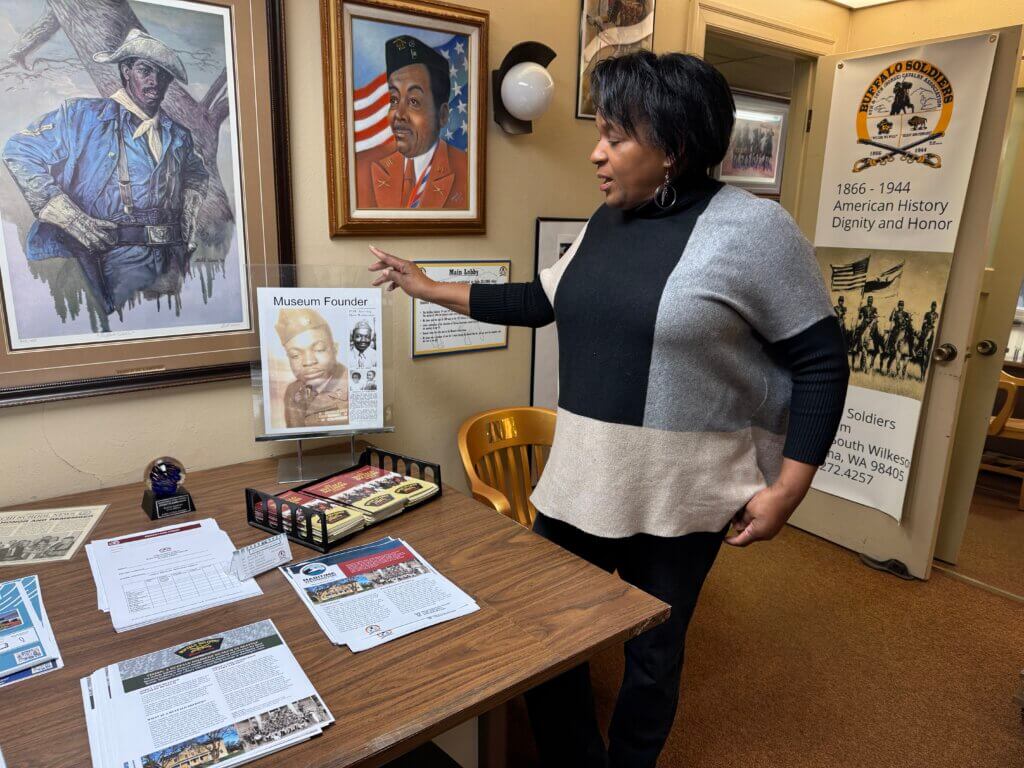
Two thousand miles from Tacoma in Houston, “Captain” Paul J. Matthews is the Buffalo Soldiers National Museum (BSNM) founder and curator. A graduate of Prairie View A&M, Matthews spent two years in Vietnam during the war, where he served in a medical unit. He later spent four years in the reserves. Matthews is also a retired executive from Merck, where he led a team who designed and installed Merck’s military medical branch.
For more than 30 years, Matthews researched military history and collected military artifacts, eventually opening the Buffalo Soldiers National Museum in 2001.
“Through the military, they saw an opportunity to advance, not for themselves particularly but the whole race,” Matthews said in a television interview.
Houston’s Buffalo Soldiers National Museum also offers a wealth of displays and historical information for visitors.
“Our new traveling exhibit – The Buffalo Experience in Action – chronicles the history and impact of the 92nd Infantry Division in World War I and World War II,” Cale Carter II, BSNM director of exhibitions, said.
Dedications throughout the country
While the two museums have captured the essence of the Buffalo Soldiers’ legacy, numerous monuments throughout the country also serve as reminders of their accomplishments and dedication.
Those monuments can be found at Fort Leavenworth, Kansas; Fort Sill, Oklahoma; Fort Concho National Historic Landmark, San Angelo, Texas; Fort Selden National Historic Site, Las Cruces, New Mexico; Camp Naco and Fort Huachuca, Tucson, Arizona; and the Presidio of San Francisco.
Annually, July 28 is set aside to honor the U.S. Army’s Buffalo Soldiers. In 1992, President George H. W. Bush shared a succinct but powerful message in Proclamation 6461: “Today, we celebrate the great legacy of the Buffalo Soldiers and acknowledge their special place of honor in the history of the United States.”
Though the last surviving Buffalo Soldier, Robert Dixon, died Nov. 15, 2024, their story will march on.
Read comments

